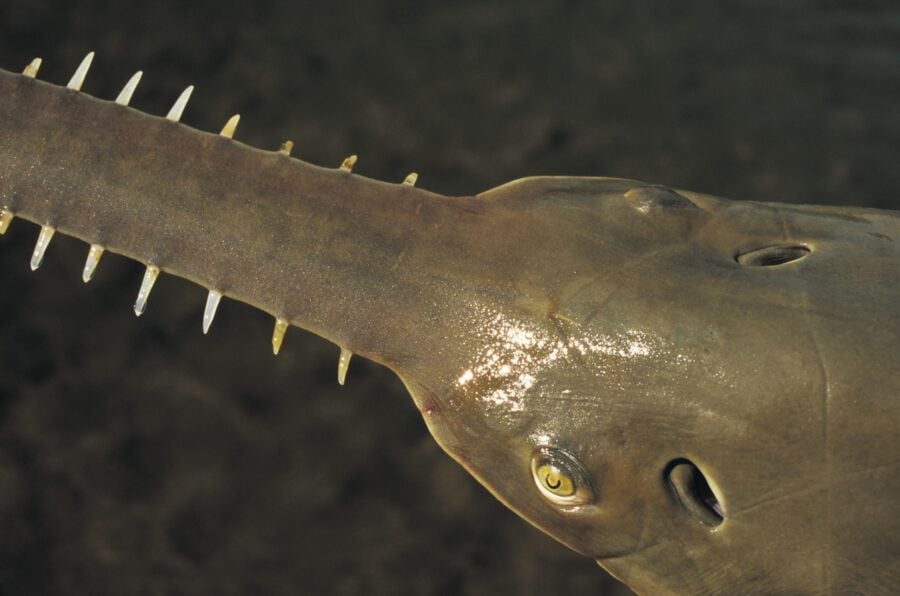
Mightier than the saw
Sawfish are among the world’s most unusual marine creatures. But some species are also among the most threatened animals on the planet.

Sawfish are among the world’s most unusual marine creatures. But some species are also among the most threatened animals on the planet.

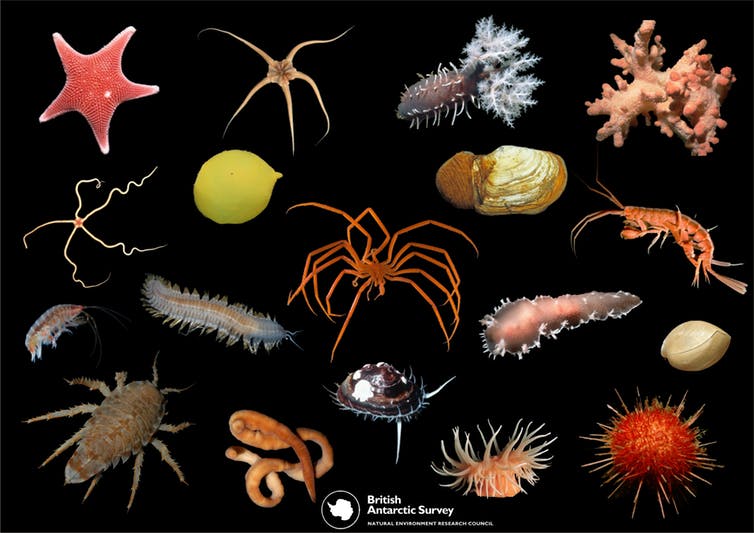
Antarctic seas host a surprising mix of lifeforms – and now scientists can map them.
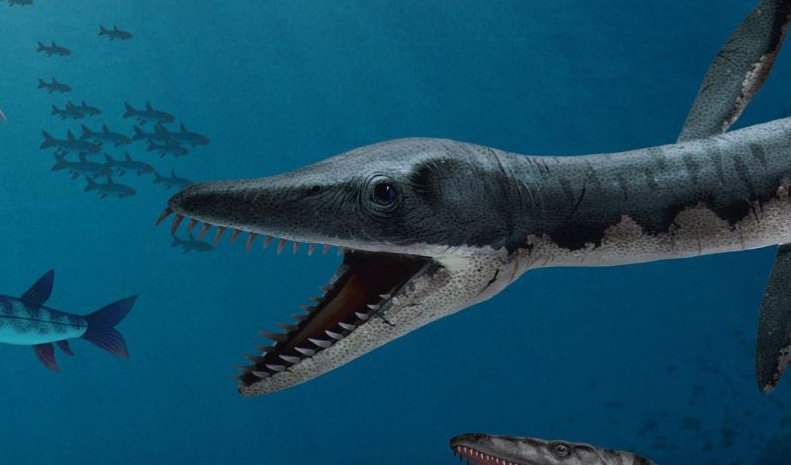
Australia was a wet and wild place in the Cretaceous Period (145-65 million years ago), and not a safe spot for a dip in the sea. It was closer to the South Pole, but a warmer world meant temperate regions stretched further south than today. The Eromanga Sea covered much of Queensland; this body of water was so vast at one point that it extended into South Australia, splitting the continent. While dinosaurs held sway on the land, exotic reptiles flourished in the inland sea. Four major groups dominated. Ichthyosaurs were dolphin-like predators with four flippers and a vertical tail fin. Sea turtles were represented by four known species, one of which was a 4m giant. Plesiosaurs had four flippers, but two different body types: large-headed, small-necked forms (called pliosaurs); and small-headed, long-necked forms. Neck length was taken to extremes in one group, the elasmosaurs. Mosasaurs, which didn’t appear until about the time that ichthyosaurs became extinct and the Eromanga Sea retreated, were long-bodied predators related to snakes and monitor lizards. Of these four diverse and successful groups, only the turtles remain in the oceans. Text by Maria Zammit
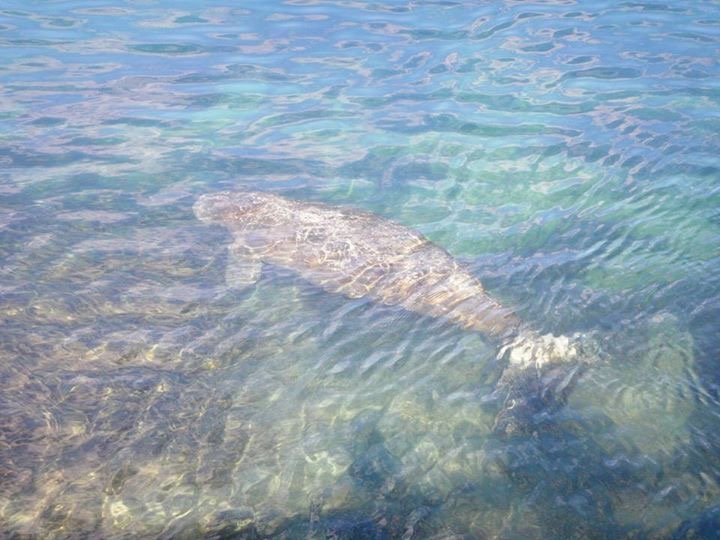
A young dugong recently found a long way from home in southern NSW is being relocated to Queensland after concerns over its health mounted.
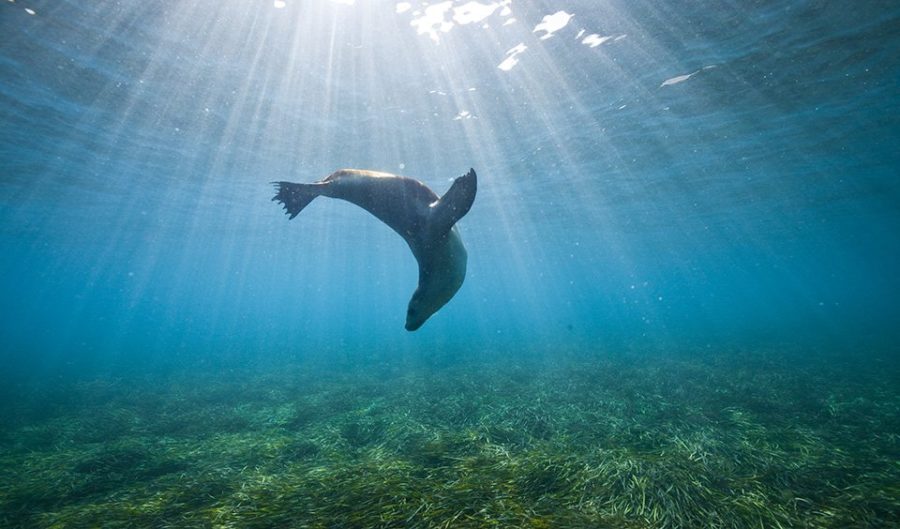
Researchers brave the aptly named Dangerous Reef to undertake groundbreaking research on the rare – and playful – Australian sea lion.

Australian sea lions are a playful lot, roaming Australia’s southern shorelines
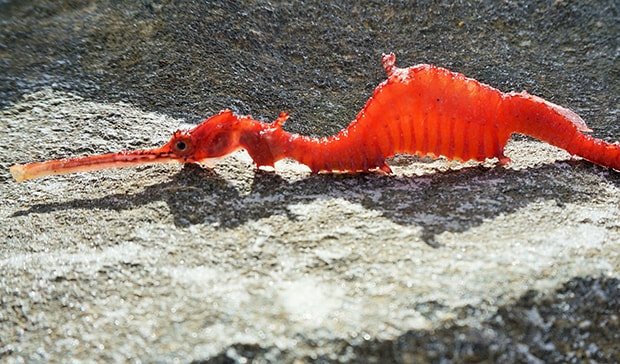
Zoe Della Vedova had a lucky find of the rare ruby seadragon, only recently classed a distinct species
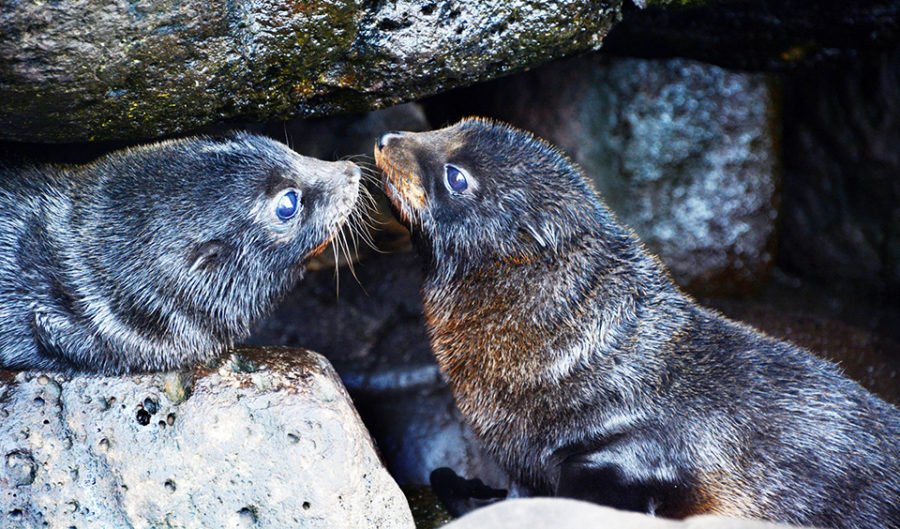
Australian and New Zealand fur seal populations in Victoria are recovering after being on the brink